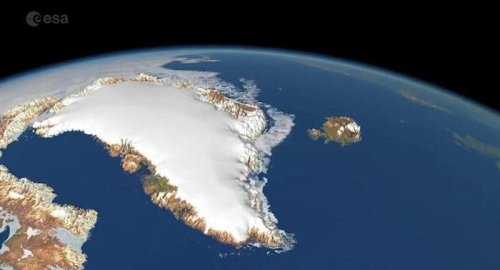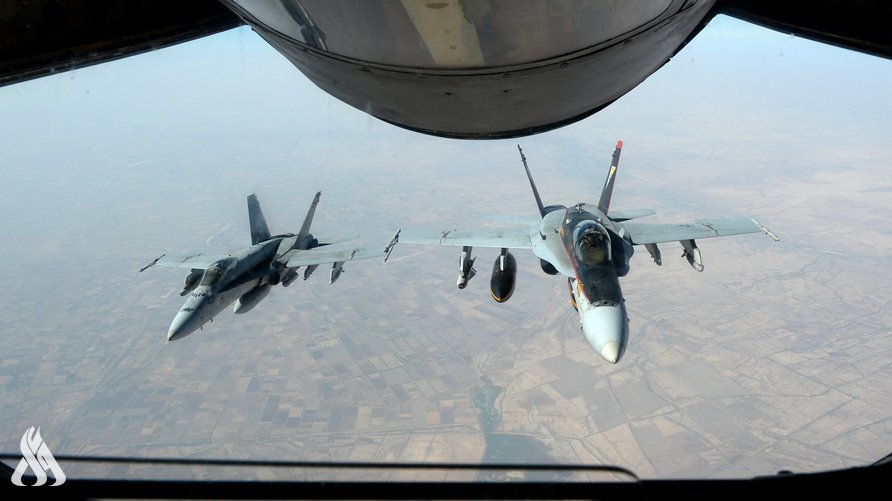
Jupiter and the moon make a close approach in tonight's sky

- 21-08-2021, 17:48
INA - Sources
Around 45 minutes after sunset, on Saturday evening (Aug. 21) and in a single glance, a gathering of the moon and the biggest planet of our solar system, very low in the east-southeast sky is to be in the sky.
Assuming one’s sky is reasonably clear, one might be able to see the moon passing near to the planet Jupiter.
The eye-catching celestial duo will be visible, roughly one-quarter up from the southeast horizon to the point directly overhead (called the zenith).
The moon will be less than 12 hours from officially turning full and will be situated to the lower right of Jupiter, a distance of roughly 5 degrees.
That's equal to about ten times the apparent size of the moon, and that means one should be able to fit at least 10 full moons in the gap between them in Saturday's evening sky.
And yet, when one see them in the sky, they'll be seemingly much closer together because the moon appears normally twice as big to our eyes compared to what its half-degree size.
First joint picture of Greenland Ice Sheet melting, ESA
- Multimedia
- 09:28
US Central Command: We killed ISIS terrorist leader Abu Yusuf in Syria
- International
- 24/12/20
Liverpool compete with Real Madrid to sign Olympique Lyonnais star
- Security
- 24/12/19
ISC, ADX discuss Strengthening Economic Ties
- Economy
- 24/12/16
Iraq assumes presidency of Arab Investment Company’s Executive Board
- Economy
- 24/12/17












